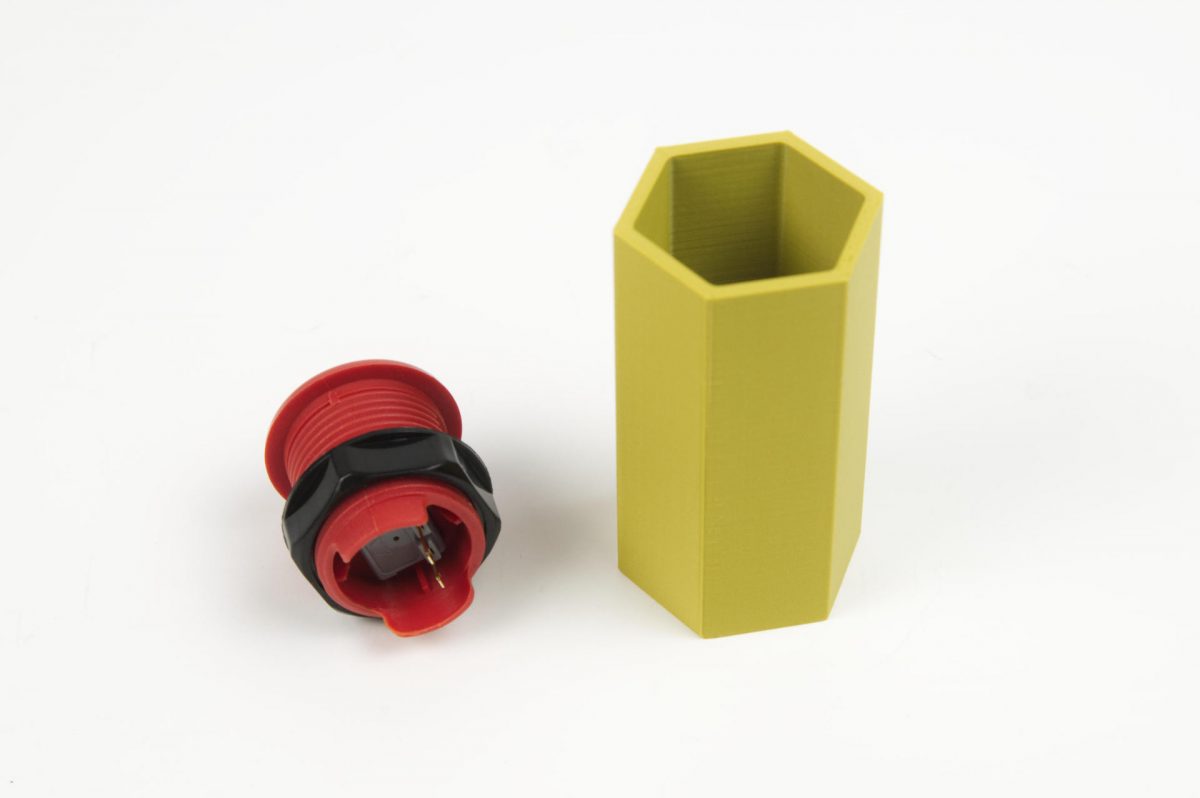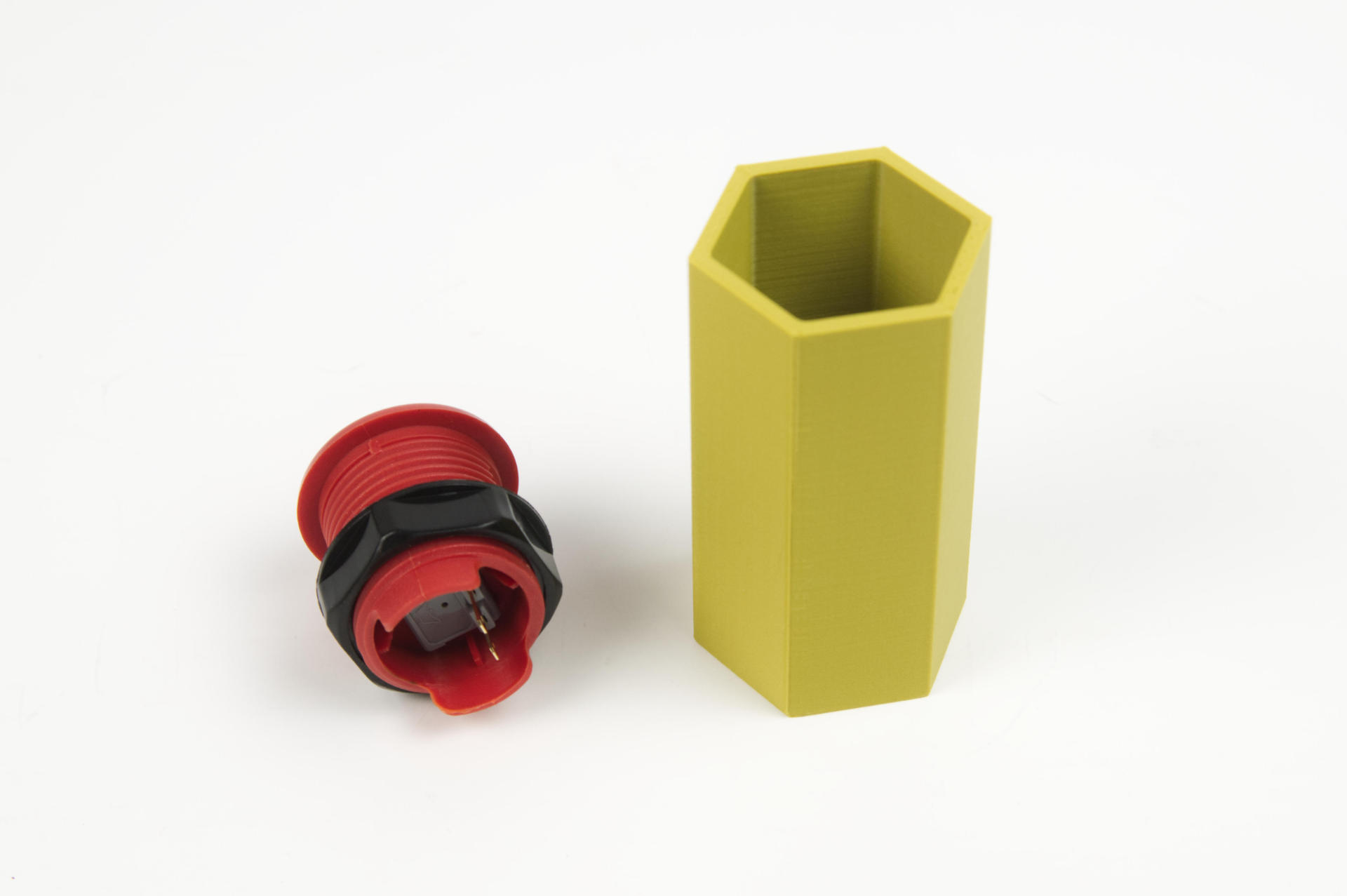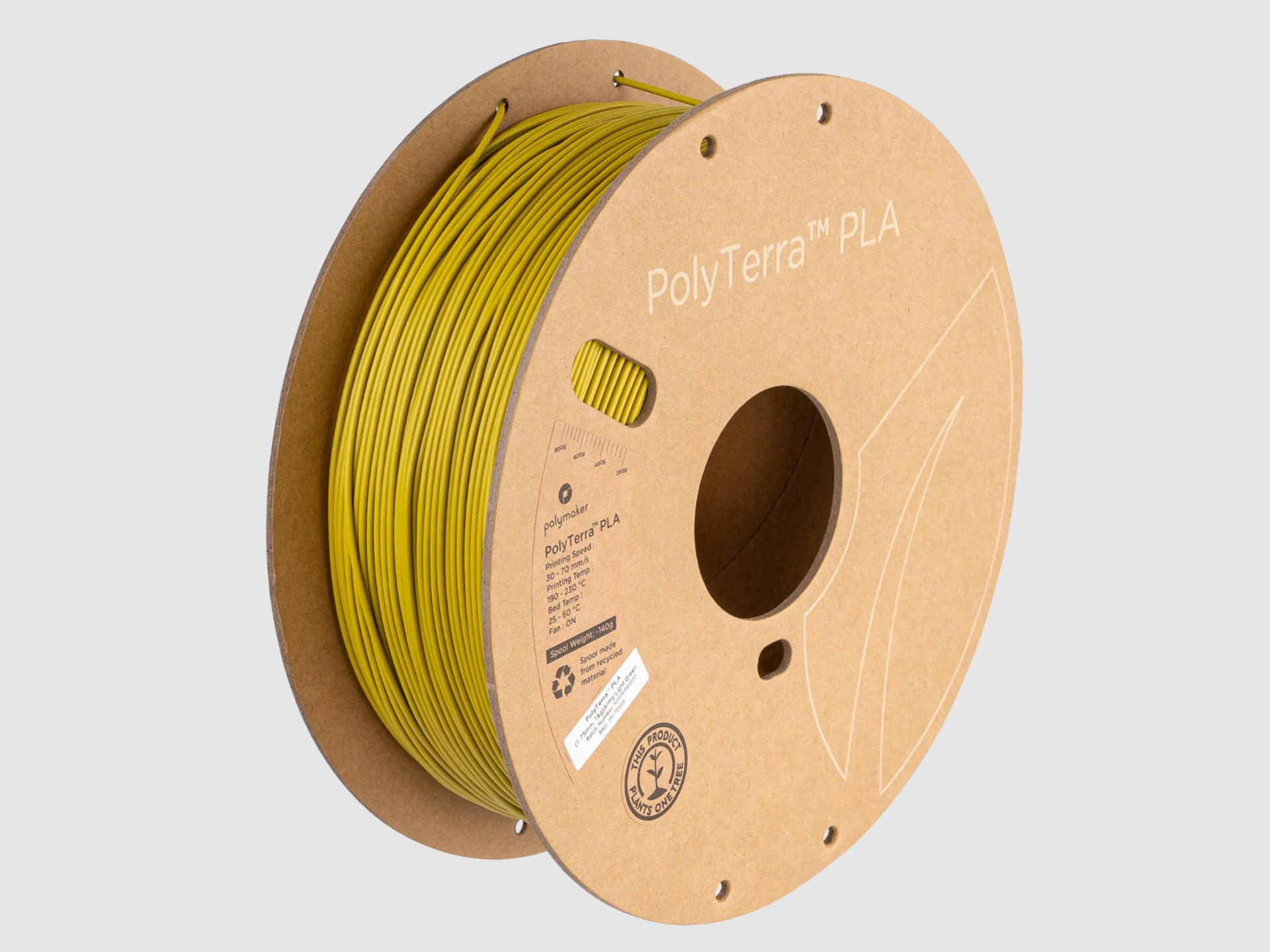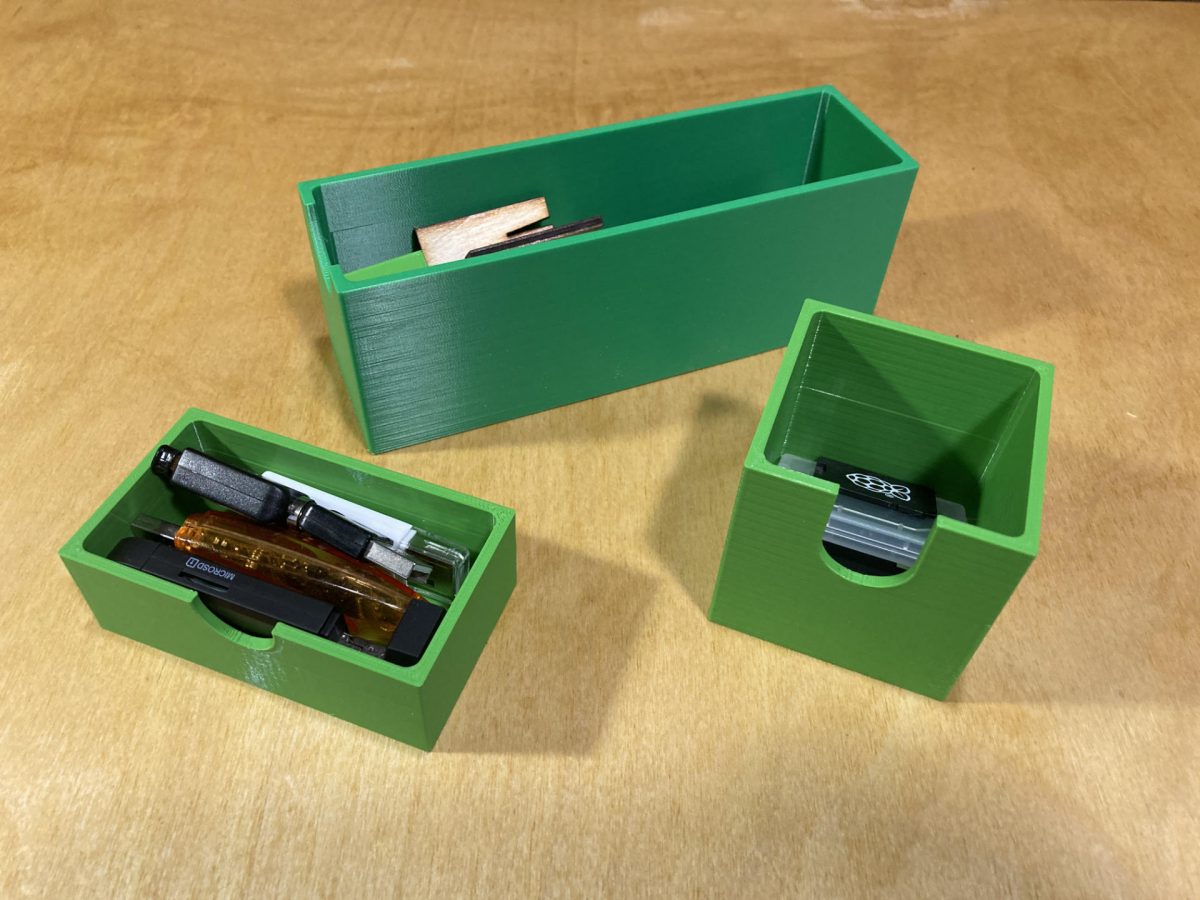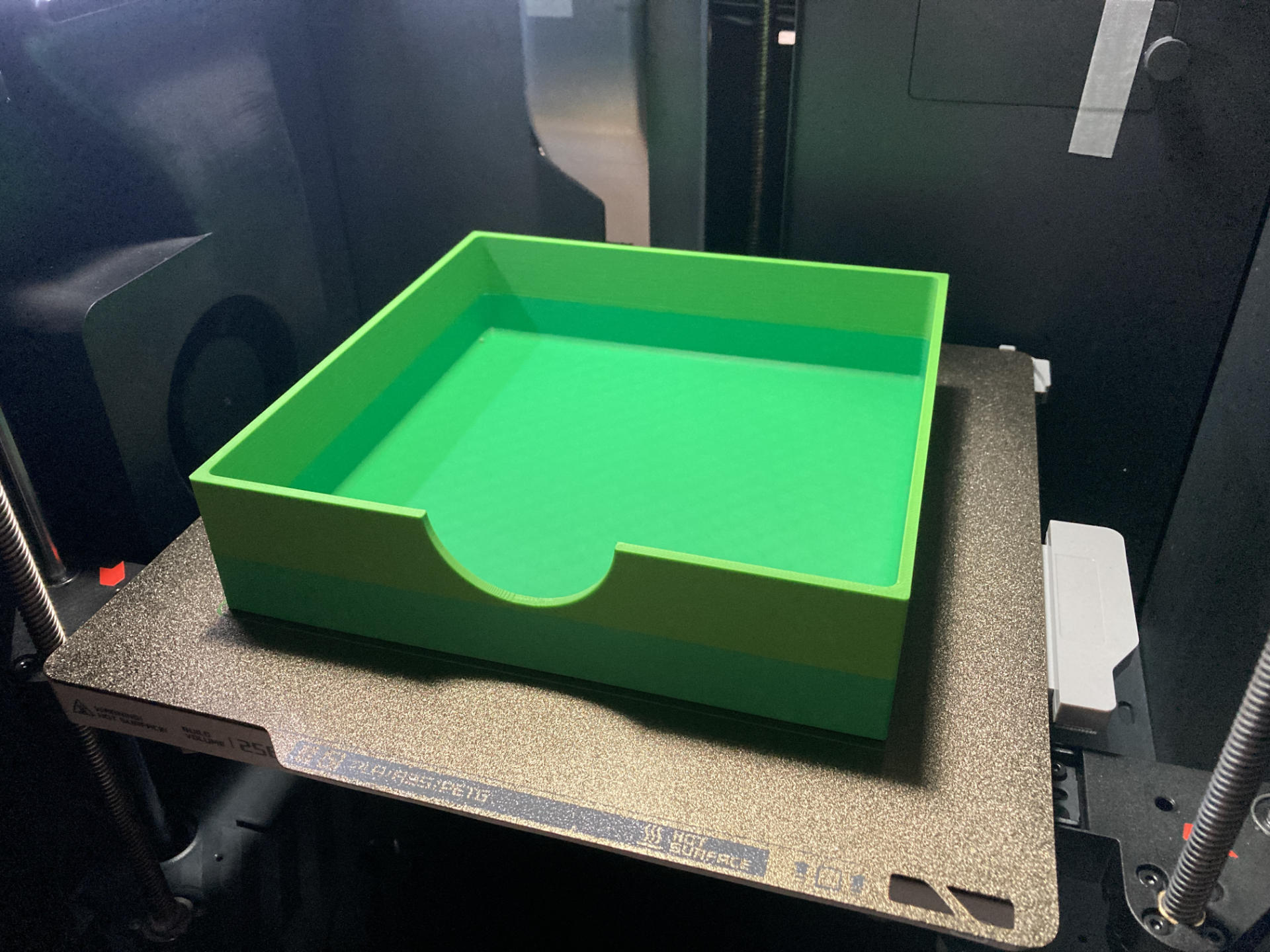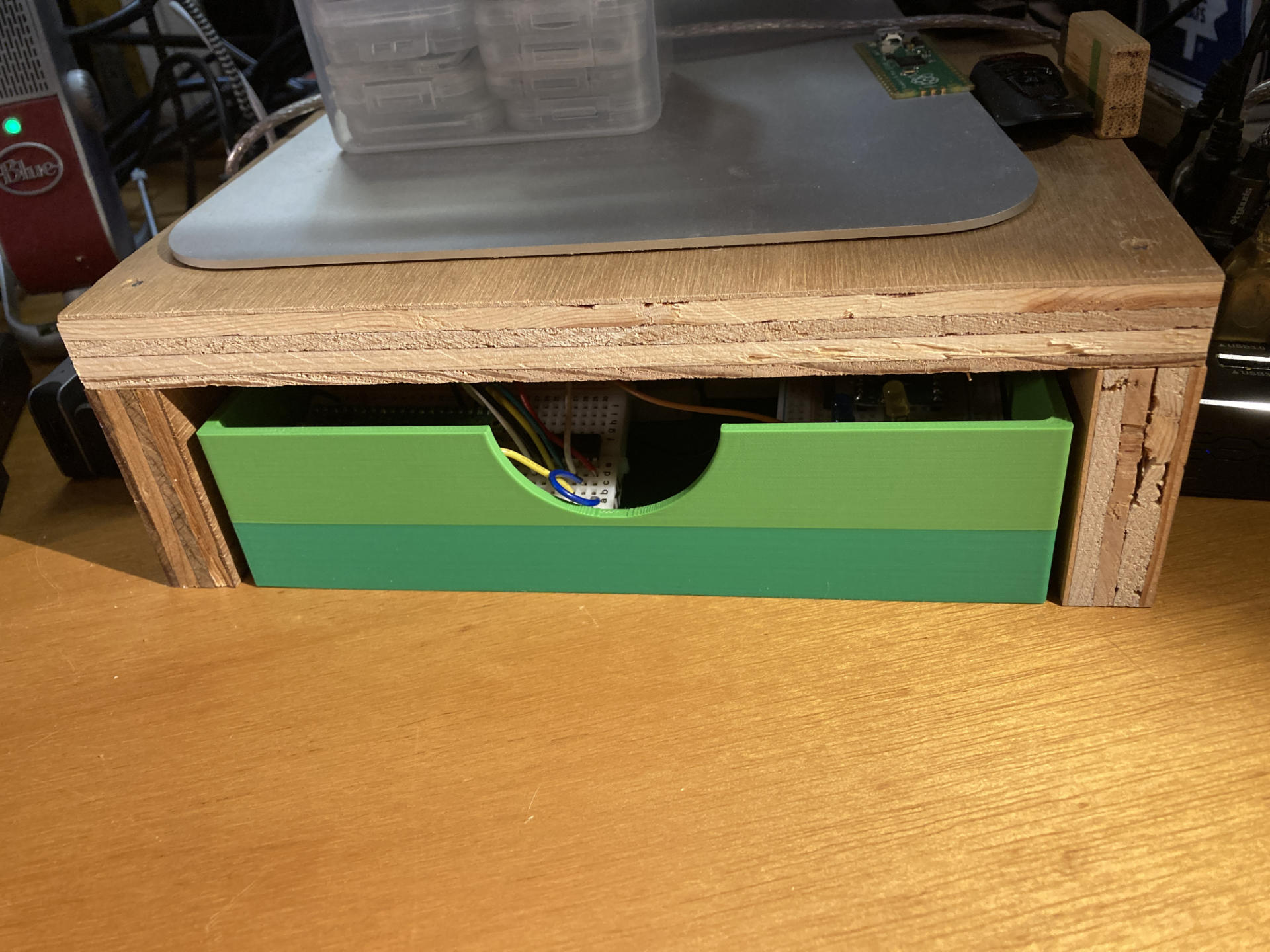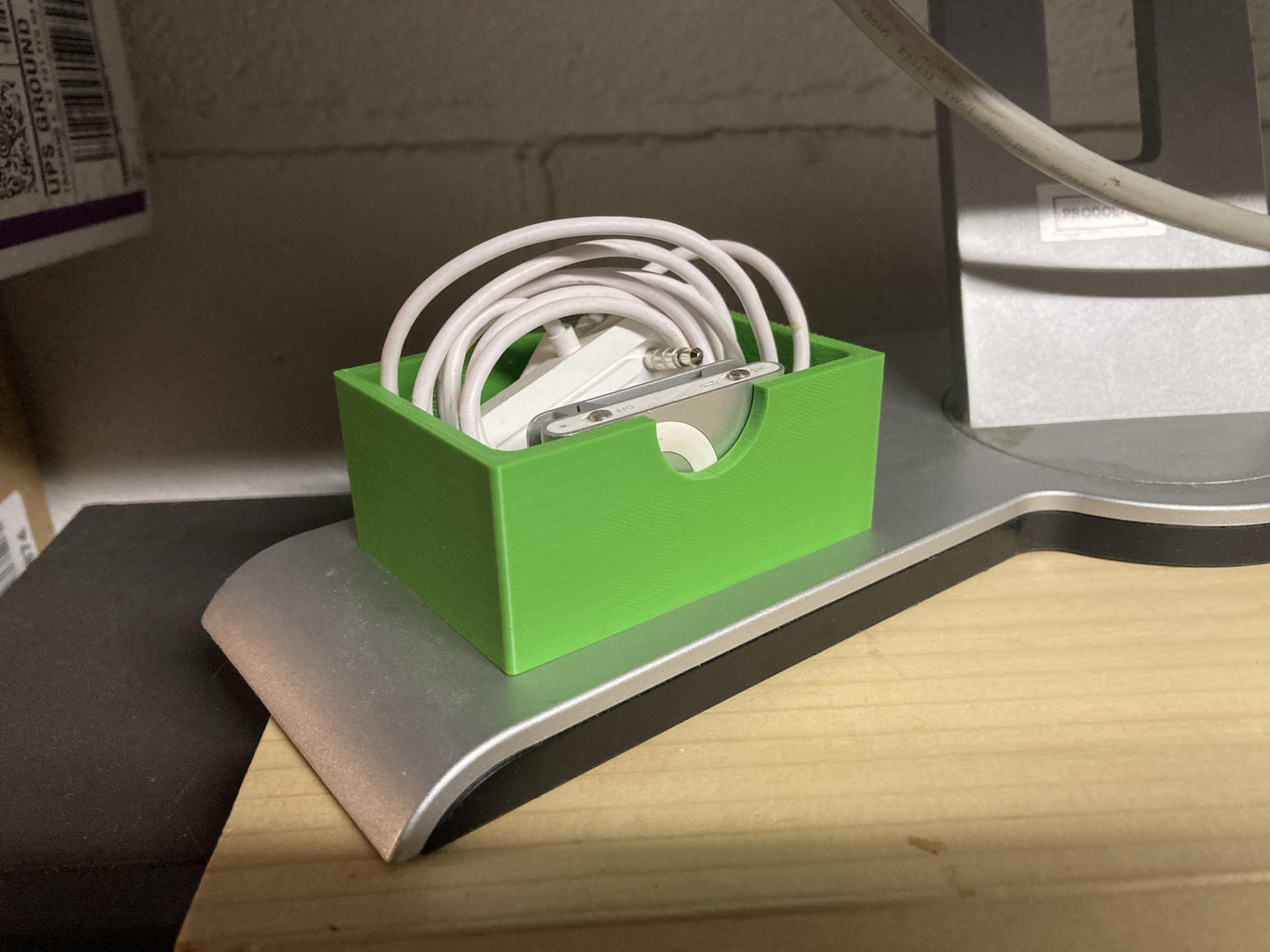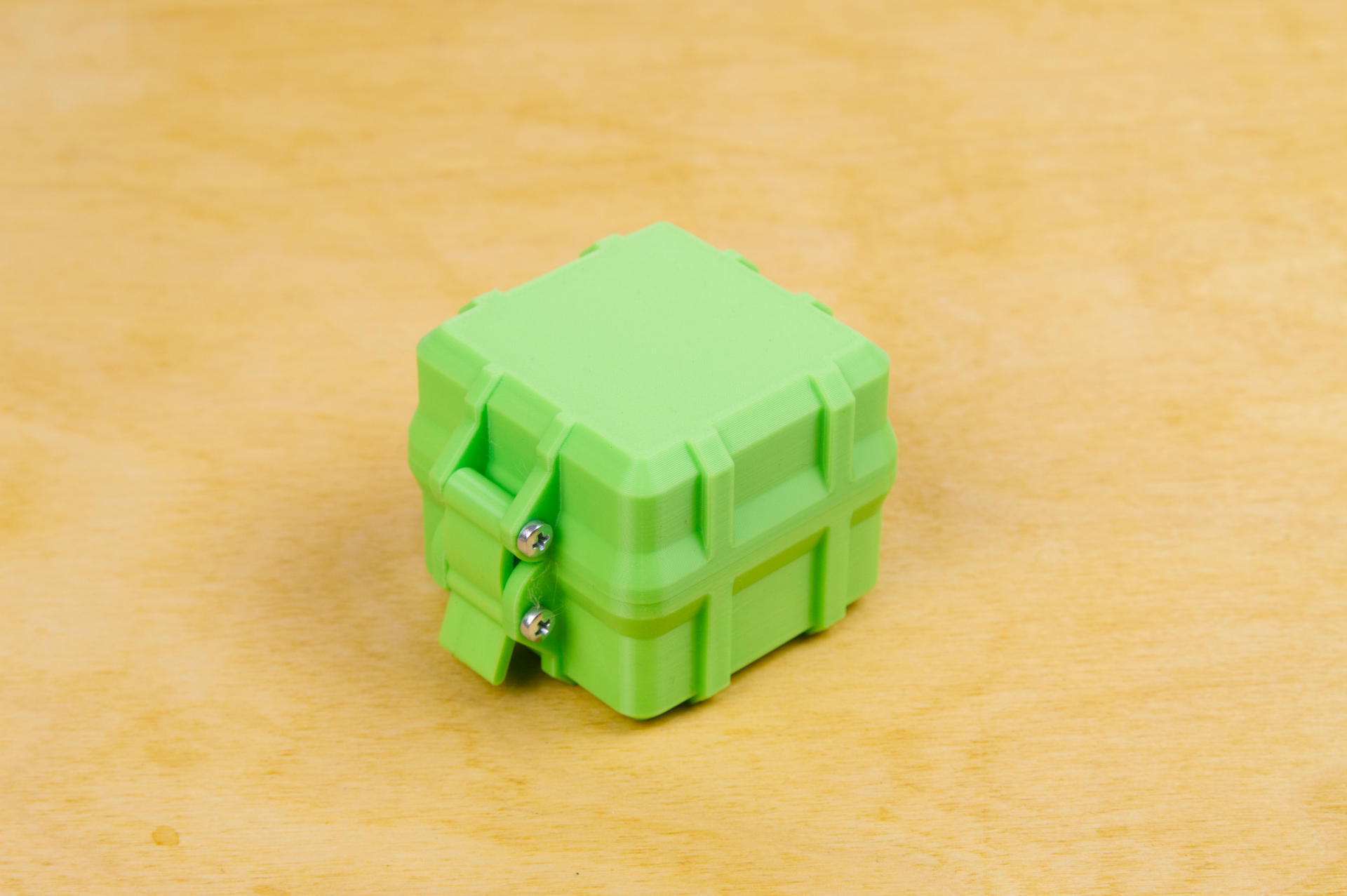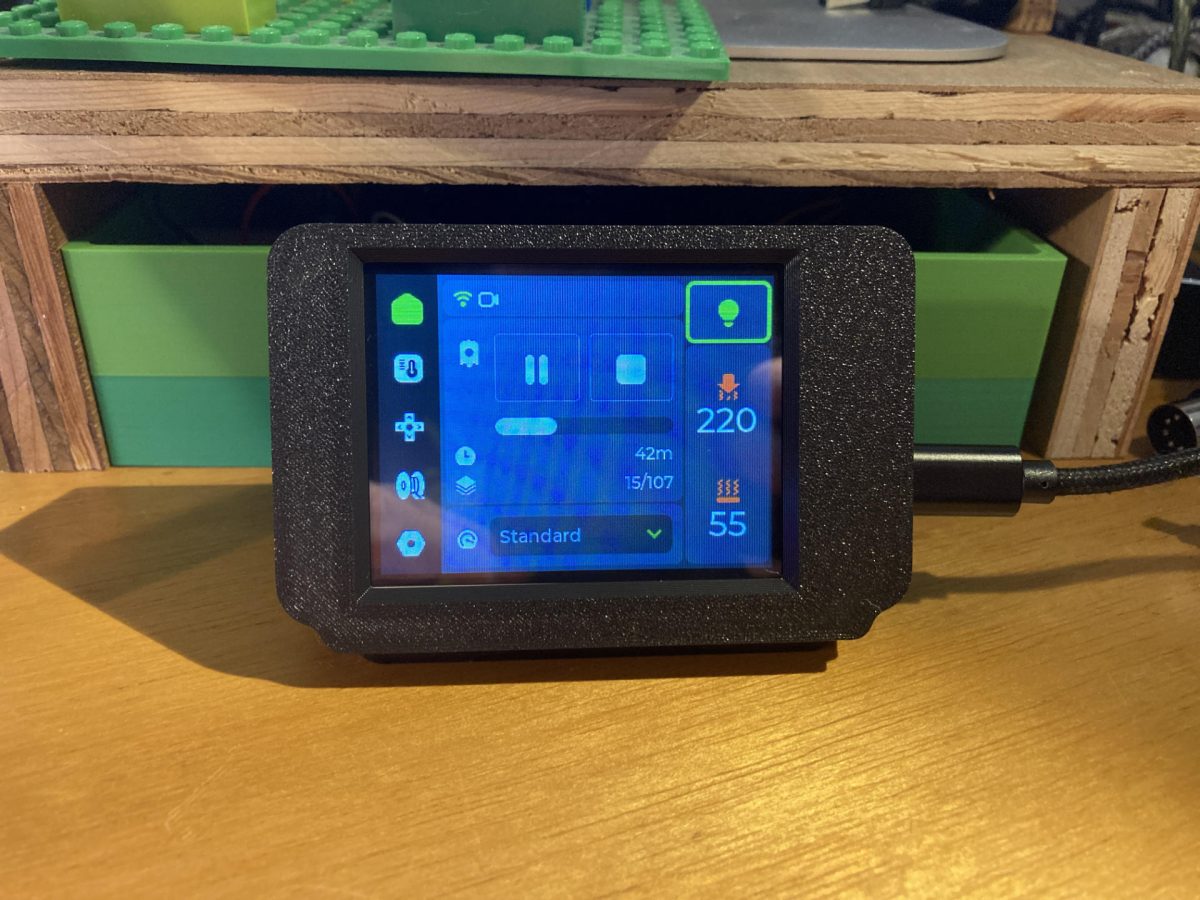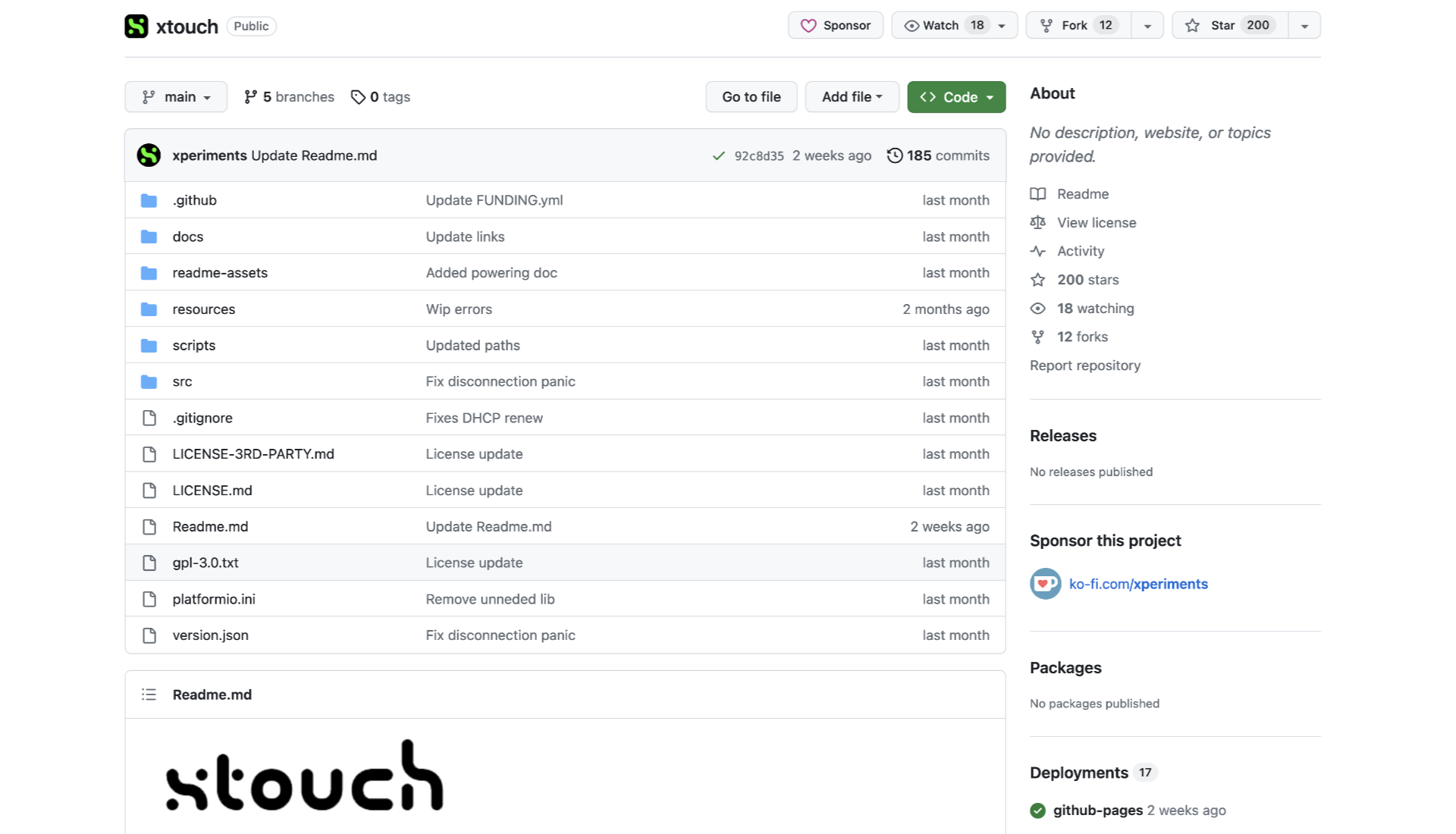In my post about Arcade Button Wrenches I mentioned the PolyMaker PolyTerra filament comes on cardboard spools, which is a bit more friendly to recycling and sustainability than so many of the filament manufacturers that use a plastic spool. My go-to filament for a few years now has been the MatterHackers MH Build Series PLA Filament which… comes on a plastic spool. But wait! MatterHackers also has a MH Build Series PLA Filament – Cardboard Spool that, well.. you guessed it! Comes on a cardboard spool.
Worth noting, I do not use an AMS unit on my Bambu Lab P1S printer. If you do, cardboard spools can be an issue. Though honestly you’re probably wasting a ton of filament if you’re using the AMS and doing multicolor prints so what’s one more spool in the landfill, right? (Or wait… reusable spools are a thing, right?)
Spools are of course, not standardized. If you remember my Hygrometer Filament Roll Holder you may remember this bit:
Note that every roll of filament from every manufacturer may have a different spool hole diameter. In fact, even the same damn roll of filament may have different diameter holes on each side!
But we’ll get into that topic (along with reusable spools) in another post…




